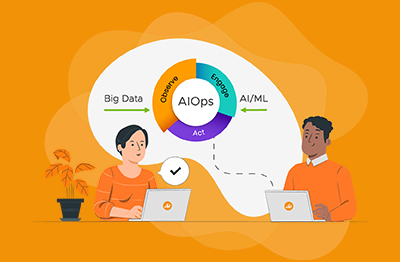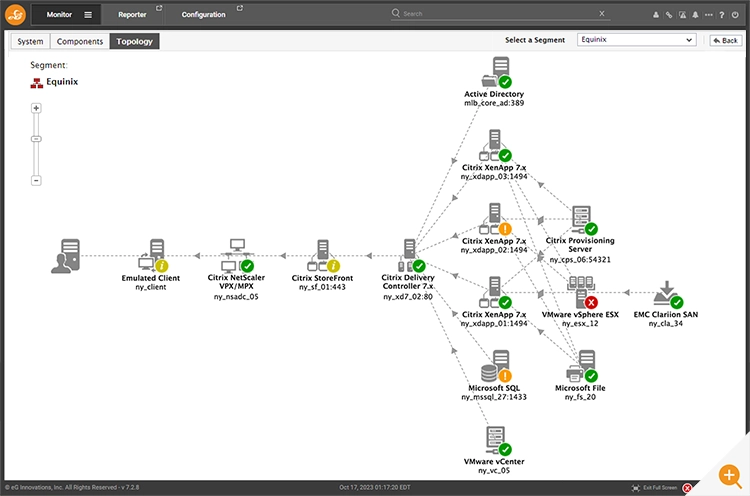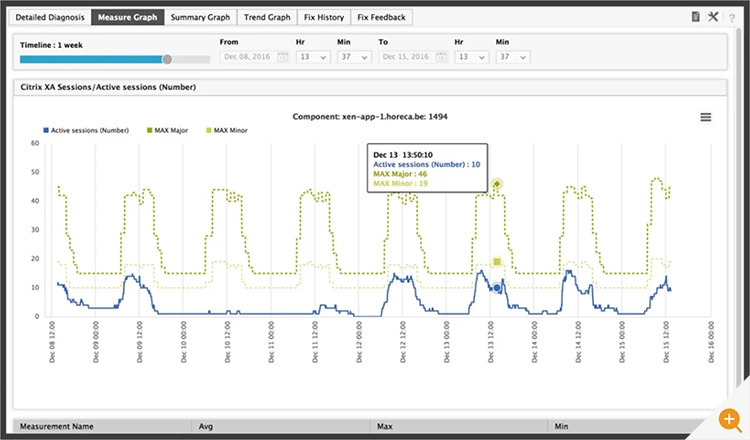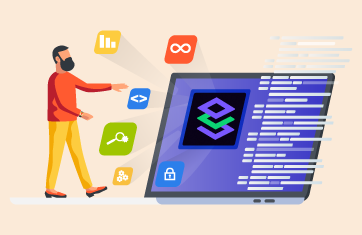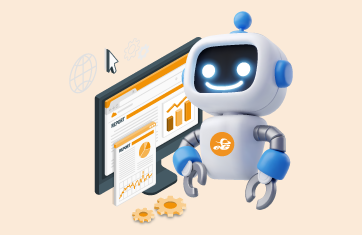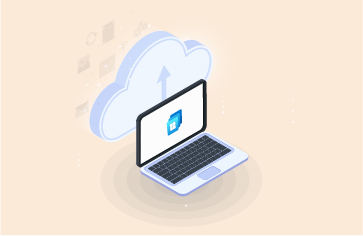The adoption of AIOps monitoring technologies has been somewhat slower in EUC than many other areas of IT. The legacy VDI and DaaS vendor tools set expectations low for many. It is still relatively common for us to come across potential customers who are using legacy tools and manually exporting 6 months of data into an excel spreadsheet to try and work out average and peak usage of resources such as CPU to then manually calculate alert thresholds.
Just think about how bizarre that really is – IT administrators having a monitoring tool that is essentially a database with all the information to understand their usage to fine granularity and yet they’re manually fiddling about with excel to calculate a one-off static number. With the growing awareness of AI technologies in general though EUC administrators are increasingly leveraging modern AIOps observability and monitoring tools that handle thresholds and alerting and automate previously manual labor-intensive processes.
In fact, adopting AIOps (Artificial Intelligence for IT Operations) monitoring into EUC environments can bring multiple benefits. Here are my five top reasons why EUC admins should consider embracing AI via AIOps.
1. Proactive Issue Resolution
Traditional IT approaches often involve reactive problem-solving, where issues are addressed after they impact end-users. AIOps changes this paradigm by enabling proactive monitoring and analysis. By leveraging machine learning algorithms, AIOps can identify patterns and anomalies in user activities, device performance, and application usage. This proactive approach allows IT teams to address potential problems before they escalate, enhancing system reliability and reducing the impact on end-users.
To learn more about industry standards around proactive monitoring and how proactive monitoring differs from synthetic testing, see: What is Proactive Monitoring and Why it is Important (eginnovations.com).
2. Automated Problem Detection and Remediation
AIOps excels in automating the detection and remediation of common issues in EUC environments. Whether it’s resolving performance bottlenecks, application crashes, or security threats, AIOps can analyze vast amounts of data in real-time to automatically trigger responses. This level of automation not only accelerates issue resolution but also reduces the burden on IT teams, allowing them to focus on more complex and strategic tasks.
A good AIOps monitoring platform will provide EUC administrators with out-of-the-box alerts and root-cause analysis, without the need to tediously set up metric thresholds and alerts manually. Moreover, most AIOps platforms are designed to automatically scale with systems making them well suited to modern IT architectures involving microservices, cloud and containers.
You can learn more about these types of AIOps features, in:
- Fixing Citrix Issues with eG Enterprise’s Automation | eG Innovations
- Static vs Dynamic Alert Thresholds for Monitoring | eG Innovations
- What is Automatic Baselining? – IT Glossary | eG Innovations
3. Enhanced User Experience
A seamless and optimized Digital Employee Experience (DEX) is essential for productivity and user satisfaction. AIOps contributes to this by continuously analyzing user behavior, application performance, and system responsiveness. By identifying areas for improvement and optimization, AIOps helps IT teams identify slow logons, minimize latencies and eliminate bottlenecks, ensuring that EUC environments operate at peak efficiency, ultimately enhancing the overall user experience.
4. Capacity Planning and Resource Optimization
EUC environments often experience fluctuations and variations in user activity, impacting resource utilization. AIOps leverages predictive analytics to forecast demand and optimize resource allocation accordingly. By analyzing historical data and patterns, AIOps can predict peak usage times and adjust resources dynamically. This ensures that EUC environments are well-prepared to handle varying workloads, preventing performance degradation during periods of high demand.
For those building their end-user VDI, DaaS and SaaS services around cloud infrastructure, minimizing cloud costs without compromising services is becoming essential.
5. Security Threat Detection and Response
Security is a top concern for EUC environments, especially as the number of endpoints increases. AIOps plays a crucial role in bolstering security by continuously monitoring for anomalous activities. Through analysis of user behavior, log data, and system events, AIOps can identify deviations from normal patterns and automatically alert on potential security incidents. This proactive approach strengthens the overall security of EUC environments, protecting against threats in real-time.
A practical example of AIOps used to monitor Azure AD / Entra ID sign-in logs is discussed in: Azure AD Monitoring – Sign In Logs & Attack Detection.
Final thoughts
The adoption of AIOps in Endpoint User Computing is bringing about a shift from reactive to proactive IT management. By harnessing the power of artificial intelligence, organizations can create more resilient, efficient, and secure EUC environments, ultimately delivering an enhanced experience for end-users.
There is now a wealth of AIOps observability and monitoring tools and platforms available. However very few embed domain-specific intelligence for EUC technologies. AI products are generally only as good as the quality of data and signals they ingest. With end-to-end coverage of over 500+ technologies and our experience in EUC including VMware, Citrix, AVD, Amazon WorkSpaces amongst more, eG Innovations is uniquely placed to deliver AIOps tailored to the demands of EUC.
Join us on this AI-fueled journey, get a personalized demo: Schedule a Demo!
eG Enterprise is an Observability solution for Modern IT. Monitor digital workspaces,
web applications, SaaS services, cloud and containers from a single pane of glass.
Learn More
- Learn about: Establishing an AIOps Strategy in 3 Practical Steps
- For information on eG Enterprise support for digital workspaces including Citrix, VMware, Amazon WorkSpaces / AppStream 2.0, Microsoft AVD / RDS / Cloud PC and more, see: Best Digital Workspace Monitoring Tools | eG Innovations


